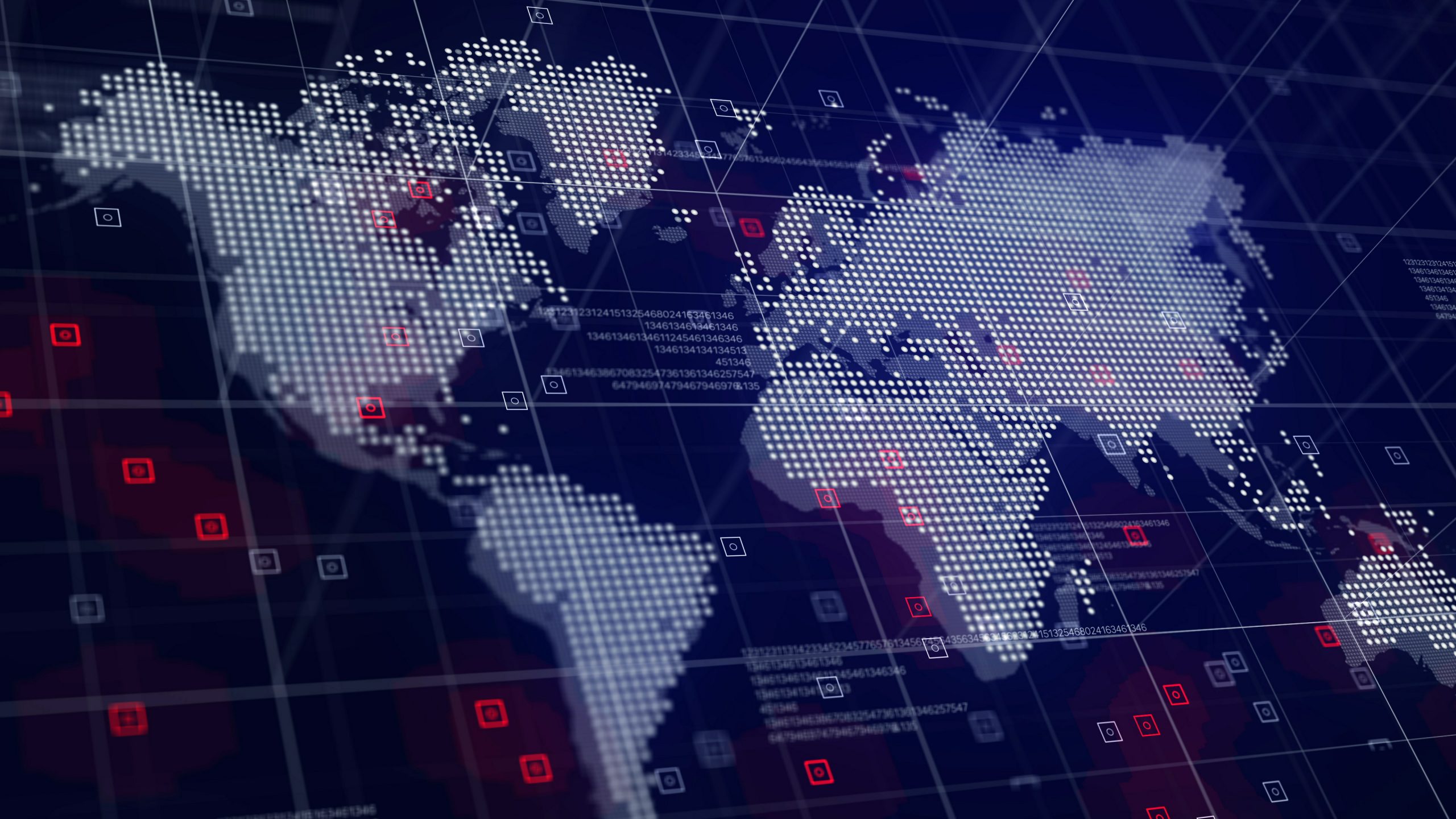News Highlight:
Recently, Chinese officials said the US created the Indo-Pacific concept to bring India to contain China.
Key Takeaway:
- China doesn’t consider the concept as Indo-Pacific” which was “created by the United States”.
- Beijing’s hardening opposition to Washington’s Indo-Pacific strategy and regional groupings such as the Quad.
China’s Version on Indo-Pacific.
- China’s concept of Asia pacific:
- Chinese diplomat and Ambassador to France Lu Shaye said there is no such concept as an ‘Indo-Pacific in geopolitics.
- It is a concept created by the U.S.
- The Pacific, or the Asia-Pacific region, was renamed the Indo-Pacific.
- Why does the US include the Indian Ocean:
- As Asia-Pacific allies alone are no longer enough to contain China.
- The US want to bring in India and other U.S. allies, such as France, which considers itself an Indo-Pacific country.
- Cold War mentality:
- They say to bring India and other U.S. allies to indo-pacific is an aggressive mentality, a Cold War mentality.
- China is against the U.S., Australia, India, and Japan Quad grouping with the “Five Eyes” intelligence alliance involving Australia, New Zealand, Canada, the U.S. and U.K. and the AUKUS (Australia-U.K.-U.S.) defence pact.
- Indo-Pacific version of NATO:
- China’s version says the real goal for the Indo-Pacific strategy is to establish an Indo-Pacific version of NATO.
The Indian version views Indo-pacific:
- The Indian version views Indo-Pacific as an inclusive space for all stakeholders based on common responsibilities and common interests.
- India’s view on Indo-Pacific also recognises a strategic interconnection concerning the common opportunities and common challenges shared by the Indian Ocean and the Pacific Ocean.
Indo-Pacific Region:
- About:
- The Indo-Pacific region refers to the confluence of the Pacific and Indian Oceans, which interconnect in Southeast Asia.
- Indo-Pacific is a recent concept. About a decade ago, the world started talking about the Indo-Pacific; its rise has been quite significant.
- One of the reasons behind the popularity of this term is an understanding that the Indian Ocean and the Pacific are linked strategic theatres.
- Also, the centre of gravity has shifted to Asia. The reason being maritime routes, the Indian Ocean and the Pacific provide the sea lanes. The majority of the world’s trade passes through these oceans.
- Significance:
- The Indo-Pacific region is one of the world’s most populous and economically active regions, including four continents: Asia, Africa, Australia and America.
- The dynamism and vitality of the region are self-evident; 60% of the world’s population and 2/3rd of the global economic output makes this region a global economic centre.
- The region is also a great source and destination for Foreign Direct Investment. Many of the world’s critical and large supply chains have an Indo-Pacific connection.
- There are vast reserves of marine resources in the Indian, and Pacific Oceans combined, including offshore hydrocarbons, methane hydrates, seabed minerals and rare earth metals.
- Sizable coastlines and Exclusive Economic Zones (EEZs) provide littoral countries with competitive capabilities for exploiting these resources.
- In turn, a number of the world’s largest economies are located in the Indo-Pacific region, including India, the U.S.A, China, Japan, and Australia.
- Current Challenges in the Indo-Pacific:
- Geo-Strategic Competition:
- Indo-Pacific is the principal theatre of geo-strategic competition between multilateral institutions like QUAD and the Shanghai Cooperation Organisation.
- China’s Militarization:
- China has challenged India’s interests and stability in the Indian Ocean.
- India’s neighbours are receiving military and infrastructural assistance from China, including submarines for Myanmar, frigates for Sri Lanka, and it’s an overseas military base in Djibouti (Horn of Africa).
- China has a hold over Hambantota port (Sri Lanka), which is just a few hundred miles off the shores of India.
- Geographical and Ecological issues:
- The Indo-Pacific region is facing serious challenges related to geographical and ecological stability due to climate change and the three consecutive La Niña events that are causing cyclones and tsunamis.
- illegal, unregulated and unreported (IUU) fishing and marine pollution are hampering the aquatic life of this region.
- Geo-Strategic Competition:
- Piracy, trafficking and terrorism:
- The region’s vastness makes it difficult to assess and address multiple risks, including incidents of piracy, trafficking and terrorism.
Way Forward:
Indo-Pacific is a strategic space which offers several challenges and opportunities for India and all other stakeholders. The countries in the region should have equal access as a right under international law to use common spaces on sea and in the air that would require freedom of navigation, unimpeded commerce and peaceful settlement of disputes in accordance with international law.
Pic Courtesy: Freepik
Content Source: The Hindu



